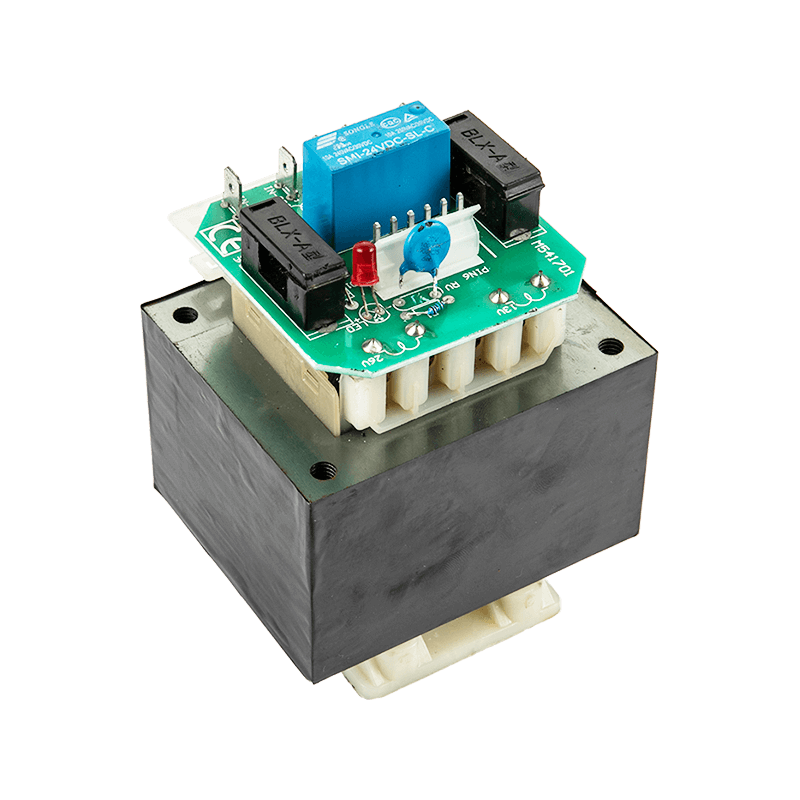

1. Transformer bushing failure The main manifestations […]
1. Transformer bushing failure
The main manifestations are bushing flashover and explosion. The high-voltage side of the transformer generally uses capacitor bushings. Due to poor bushing porcelain or trachoma and cracks, the bushing is not tightly sealed, there is oil leakage, and the bushing is too fouled. Flashovers and explosions are possible.
2. Core insulation failure
The transformer core is made of stacked silicon steel sheets, and there is an insulating paint film between the silicon steel sheets. Due to the poor tightening of the silicon steel sheet, the paint film is damaged and eddy current occurs, resulting in local overheating. In the same way, the through-core screws, pressure iron and other components that clamp the iron core will also overheat if the insulation is damaged. In addition, if there are iron filings or welding slag remaining in the transformer, the iron core will be grounded at two or more points, which will cause the iron core to fail.

3. Processing of automatic tripping of low-frequency transformers
When the circuit breaker on each side of the transformer automatically trips, first operate the control switch of the trip circuit breaker to the position after the trip, and quickly put the backup transformer into operation, adjust the operation mode and load distribution, and maintain the operating system and equipment in a normal state. Check the protection action again and carry out an external inspection. After inspection, it is not an internal fault but caused by an external fault (traversing fault) or personnel malfunction, etc., it can be put into power transmission without internal inspection. If it is a main protection action such as differential, heavy gas, quick-break, etc., all equipment within the protection range should be checked. It is forbidden to put the transformer into operation until the cause is found out.
4. Main insulation and turn-to-turn insulation faults of windings
The main insulation and turn-to-turn insulation of transformer windings are the parts that are prone to failure. The main reasons are: due to long-term overload operation, poor heat dissipation conditions, or long service life, the insulation of the transformer windings is aging and brittle, and the electrical strength is greatly reduced. Defects, once the voltage fluctuates, the insulation may be broken down. Water in the transformer oil will greatly reduce the insulation strength and cannot withstand the allowable voltage, resulting in insulation breakdown. At the reinforced section of the high-voltage winding or the low-voltage winding, due to the insulation The expansion will block the oil passage, affect the heat dissipation, cause the winding insulation to age due to overheating, and cause a breakdown and short circuit. Due to the imperfect lightning protection facilities, insulation breakdown occurs under the action of atmospheric overvoltage.
Zhejiang Dechuang Transformer Manufacturing Co., Ltd.